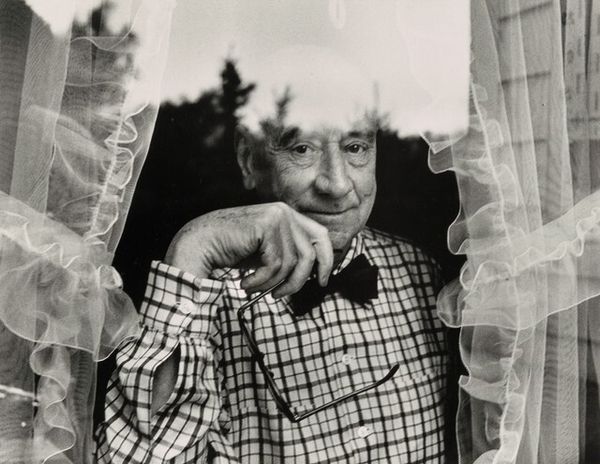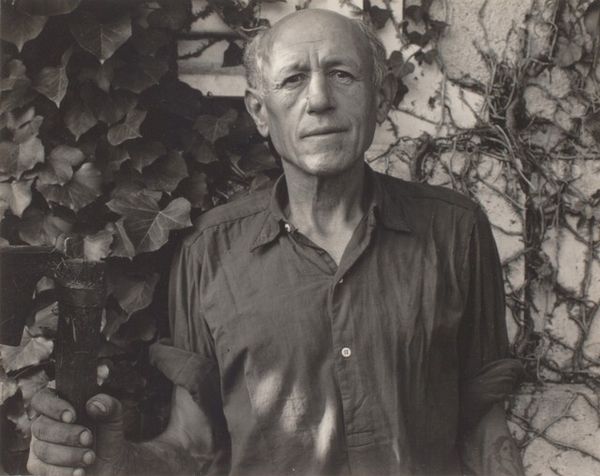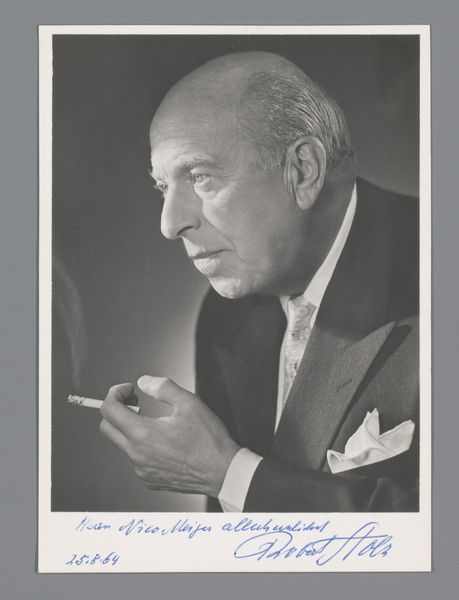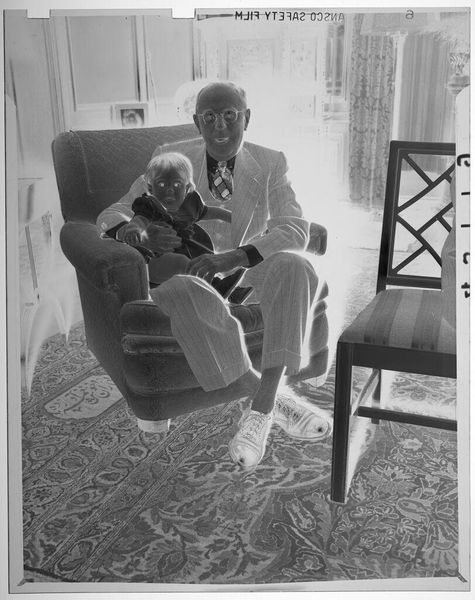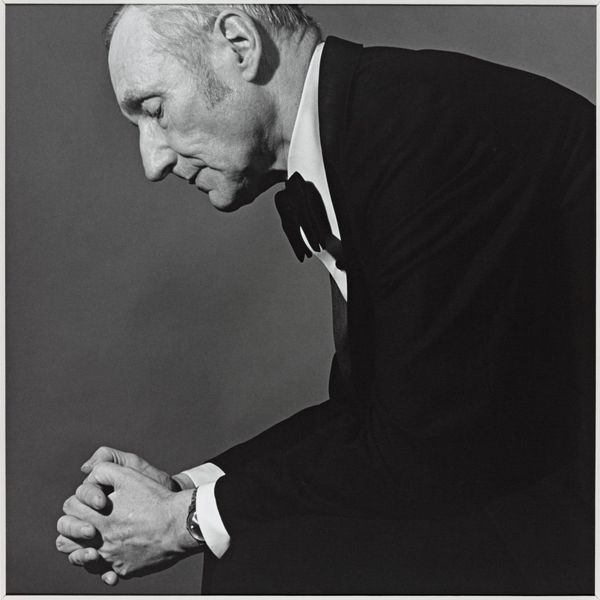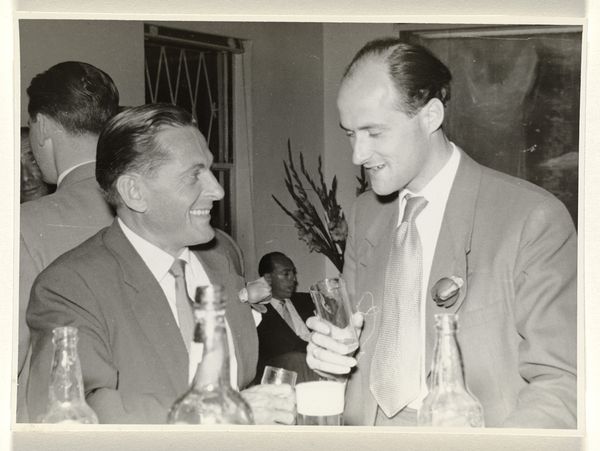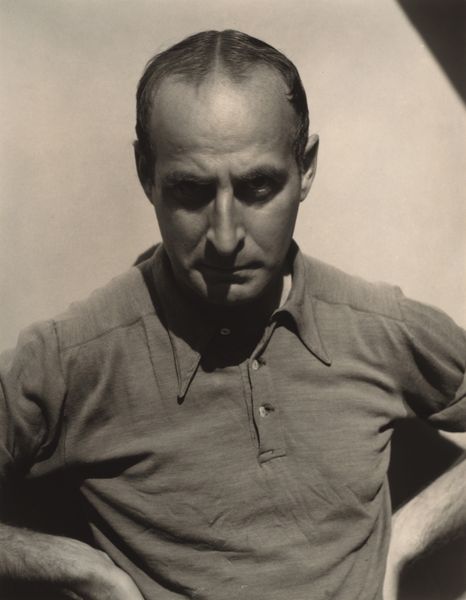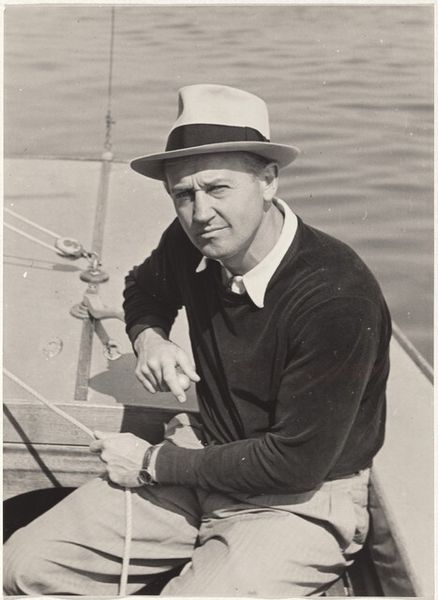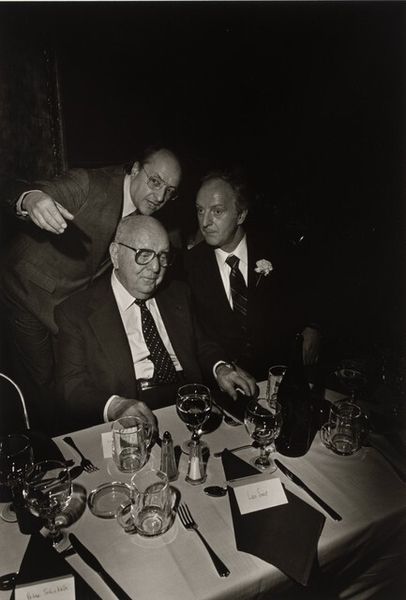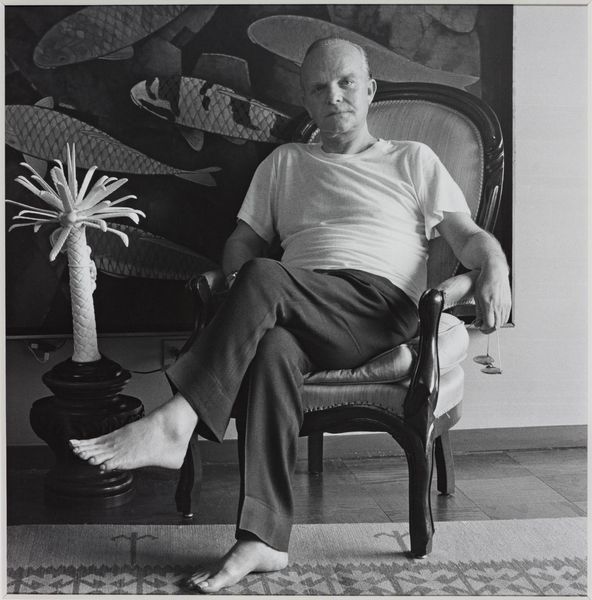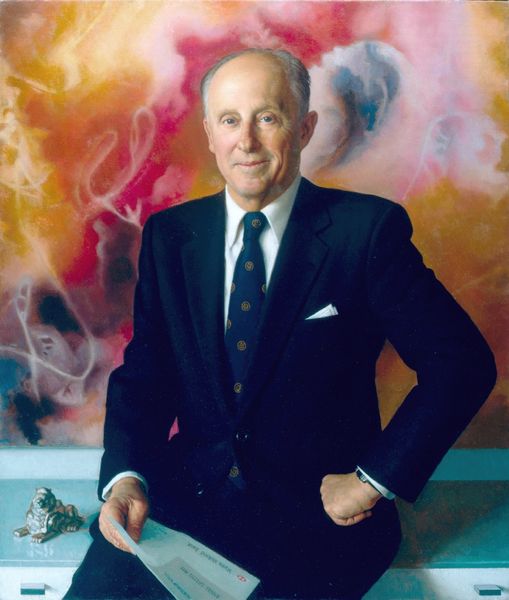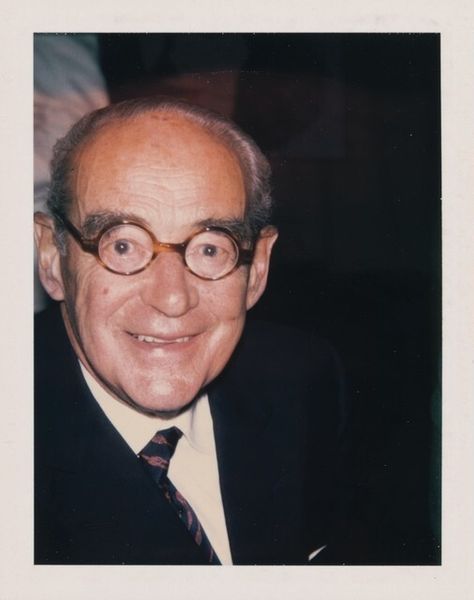
c-print, photography
#
portrait
#
competition photography
#
style photography
#
contemporary
#
photo element
#
c-print
#
photography
#
culture event photography
#
person communication photography
#
human photography
#
holiday photography
#
photographic element
#
person photography
#
celebration photography
#
realism
Dimensions: image: 40 × 48 cm (15 3/4 × 18 7/8 in.) sheet: 40.64 × 50.8 cm (16 × 20 in.)
Copyright: National Gallery of Art: CC0 1.0
Editor: Here we have Leo Rubinfien's 1980 C-print, "Adolph Abeles and Linda Marks, Great Neck, New York." There's almost a staged quality to this relaxed outdoor scene. What story do you think Rubinfien is trying to tell us here? Curator: The photo certainly projects a controlled narrative, doesn't it? I think it’s less about Rubinfien dictating a story and more about documenting the performative aspect of upper-class life in the late 20th century. Note the deliberate composition - the table as a stage, the carefully chosen attire, the sea view acting as a backdrop signifying success and leisure. Does it feel candid to you? Editor: Not entirely, there’s an undeniable self-awareness emanating from Adolph, and the way they’re posed does feel a bit formal for an everyday moment. Do you think it challenges traditional portraiture conventions? Curator: It does. Rubinfien's photograph acknowledges the inherent artificiality in portraiture itself. This wasn't about capturing pure reality; instead, it investigates how people want to be seen. What do you make of the title including their full names and location? Editor: It anchors them in a specific time and place, almost as a historical marker. It removes some of the universality that a more abstract title might have suggested. Do you think that naming plays a role in establishing historical relevance? Curator: Precisely! By naming his subjects explicitly, Rubinfien transforms this moment into a historical record of a specific socio-economic group. It makes us question their role and status, within a community at that moment of the history. Editor: I see. The social context really shapes how we perceive this image. I originally thought this was simply an aesthetically pleasing scene, but it seems that it communicates the socio-political nuances and their self-perception. Curator: Indeed! That's the power of looking at art through a historical lens. Now I have a new appreciation for how photography freezes social dynamics, preserving not just the image but a historical reality.
Comments
No comments
Be the first to comment and join the conversation on the ultimate creative platform.
